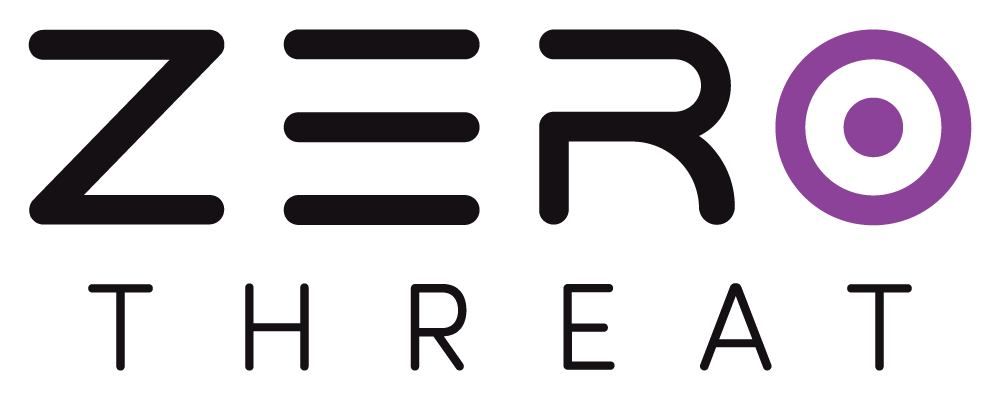Scan Summary
Scan Summary
The Scan Summary page provides a high-level overview of the security posture of the entire scanned application. It lists key findings allowing you to assess risks at a glance.
1. Scan Info
The Scan Info section displays essential details about the scan, including Server IP, Scan Time, Scan Type(authenticated or unauthenticated), Tech Stack and other details.
.png)
This section helps in understanding the scan’s scope and technical context.
2. Crawled Pages Overview
A breakdown of all discovered resources, categorized into:
- Total Crawled Pages – The number of unique pages crawled.
- Forms – The number of detected forms, including those requiring authentication.
- API Endpoints – Count of unique APIs captured during crawling, including those requiring authentication.
.png)
This provides quick insights into the coverage of the scan and which areas of the application were fully explored.
3. Vulnerability Insights
Two key visual representations help in understanding risk distribution:
- Vulnerabilities by Severity – A severity-based breakdown (Critical, High, Medium, Low, and Informational), allowing for prioritization.
.png)
- Vulnerabilities by Request Type – A classification of security issues based on request type (AUTH, UNAUTH, API, and others).
.png)
These graphs make it easier to pinpoint high-risk areas and determine where immediate attention is required.
4. Compliance Status
This section evaluates how the application aligns with security standards and regulations. It lists major compliance frameworks (e.g., GDPR, HIPAA, ISO27001-A, OWASP, PCI-DSS) and shows how many issues violate each compliance category.
.png)
By reviewing this, teams can at a glance see compliance gaps in their application.
5. Certificate Score Graph
A visual score representing SSL/TLS security, analyzing aspects such as Certificate score, Protocol Support, Key Exchange and Cipher Strength.
.png)
The Scan Summary consolidates all findings in one place, making it easy to assess an application’s security posture. By reviewing scan details, vulnerabilities, compliance gaps, and SSL health, security teams can quickly understand the security posture of application.
Executive Summary
Security teams often struggle to convey technical findings to non-technical stakeholders. The Executive Summary bridges this gap by translating complex security insights into a clear, high-level overview that C-level executives, managers, and decision-makers can quickly understand.
This report provides a 1-2 page concise summary of the application’s security posture, avoiding deep technical details while highlighting key risks, gaps, and recommended actions. It enables leadership to make informed security decisions without needing to sift through detailed scan reports.
.png)
The Executive Summary begins with a high-level security overview, providing a general risk assessment along with a breakdown of vulnerabilities categorized by severity - Critical, High, Medium, and Low.
Beyond just listing vulnerabilities, the report quickly goes over all critical findings and gives simple high level understanding and the reason for the vulnerability. This summary is particularly valuable for executives because it saves time by eliminating the need to sift through lengthy technical reports. It helps leadership understand the direct consequences of security risks on operations and customer trust. By offering clear insights on where to invest security resources, it enables strategic decision-making, ensuring that security efforts align with business priorities. Most importantly, it bridges the gap between technical and business perspectives, allowing security teams to communicate risks effectively and ensuring leadership understands the importance of proactive security measures.
